Foreword
In recent years, with the diversification of wireless communication services such as online games and streaming media content, there has been an increase in requirements for high-speed data transmission and shortened waiting time. In addition, many users are pursuing an increase in the frequency efficiency of radio signal bandwidth in order to be able to perform efficient downloads at the same time.
However, the wireless communication methods (2G, 3G) have not yet fully met this requirement, and in order to solve the problems of "high-speed data transmission", "shortening of waiting time", and "effective frequency", LTE is used as a wireless communication method. Proposal, and began to be used by countries around the world.
On the other hand, due to the provision of a wireless communication terminal, the terminal noise degrades its own communication performance, and an EMC problem in the system (i.e., self-poisoning problem) occurs, and in order to maximize the performance of LTE, this problem must be solved.
Here, we will introduce noise countermeasures that affect the LTE communication specifications and how to select the necessary EMC countermeasure components through examples of noise countermeasures.
Investigate and resolve the "notes that affect the performance of LTE"
First, it is necessary to explain the necessary points of attention in noise investigation and countermeasures compared with general wireless communication methods.
The main points of attention are as follows.
The necessity of noise countermeasures in a wide frequency range
The first point is that when developing terminals for operators in different countries, a wide-bandwidth noise countermeasure is necessary. On the one hand, LTE uses a 700MHz bandwidth like Band13 or Band17, and also uses a bandwidth of 2.6GHz like Band7. It is expected that various frequency bands will be used in the future, and noise countermeasures used in wideband bands are necessary when developing LTE terminals that are common worldwide.
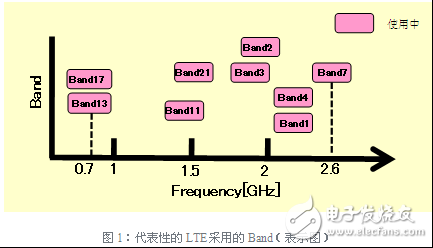
Necessity of noise countermeasures in MIMO (MulTIple-Input and MulTIple-Output)
The second point of attention is the use of an antenna approach called MIMO that uses multiple antennas. The wireless communication method hitherto has been to receive signals using one antenna, and the only one antenna can suppress deterioration of communication specifications by implementing noise countermeasures. However, MIMO utilizes more than two antennas, and it is necessary to receive multiple signals and implement noise countermeasures for all related antennas.
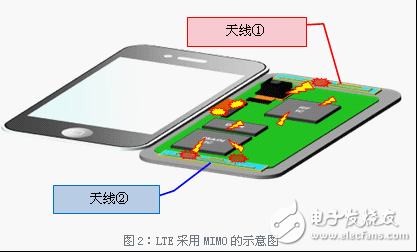
Introduction to noise countermeasures in LTE installation terminals
Next, we will introduce the actual noise investigation and solution examples. The LTE installed on the smartphone used in this example is Band13 (700MHz bandwidth).
Noise survey methods and results
The measurement method is shown in Figure 3. Cut off the wire inside the antenna and connect it to the coaxial Cable on the side of the antenna. In addition, the coaxial cable is connected to the spectrum analyzer to determine the coupling noise of the antenna. (The noise is hereinafter referred to as "antenna reception noise")
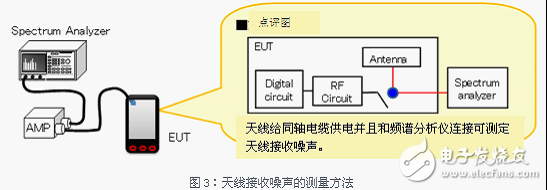
The measurement results are shown in Fig. 4. The main antenna and the sub-antenna collectively couple the noise of a wide bandwidth. Therefore, this noise degrades the S/N of the received signal, thereby affecting the communication specifications.
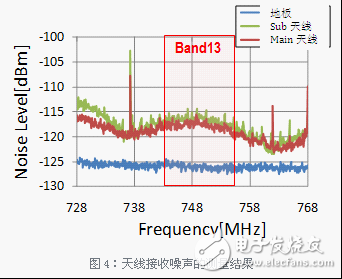
Next, when investigating the noise source described above, as shown in FIG. 5, it can be seen that the noise of the data line of the flexible cable connected between the LCD screen and the main circuit board becomes large. In addition, to check whether the transmission noise and the wire reception noise are the same, it is necessary to ensure the same period as the noise shown in FIG. 5 when investigating the noise time variation. From the above results, it can be inferred that the data line of the LCD is a noise source that affects the communication specification.
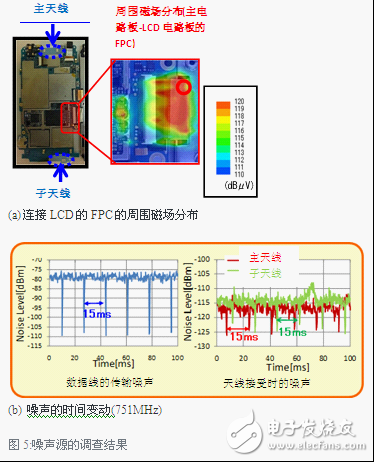
Type c charger is a next-generation industry standard that allows charging, data transfer, and video-all in one simple connector USB-C.
Yidashun is a professional manufacturer of all brands of new usb c Laptop Charger and usb-c PD wall charger, which can not only offer 29W 30W 45W 61W 65W 87W 90W usb c charger for APPLE, DELL, ASUS, HP, TOSHIBA, SAMSUNG Laptops and tablets, but also 12W 18W 30W 60W usb c PD Wall Charger for HUAWEI, XIAOMI, SAMSUNG and so on. Our usb c Adapter with smart circuit keeps your device safe with multiple protections, including over-current protection, over-voltage protection; short-circuit protection, over-heating protection, over-load protection. USB C power adapter with PD can be intelligently recognizes your device and provide accurate charging current with high speed and fast charging. One PD charger with muti output can
charge different brands of laptop , mobile phone and other usb-c devices.
With usb-c new technology, it makes our life more convenient, you no need to take all kinds of chargers for your laptop or phone, and one usb type c adapter almost can be compatible well for your all devices!
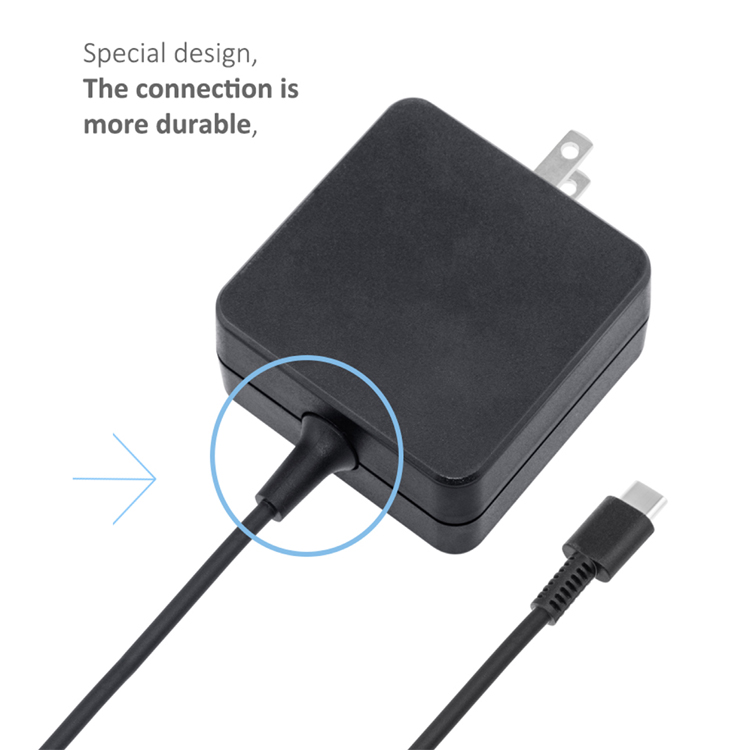


Type C Charger,USB Type C Charger,USB C Adapter,Laptop USB C Adapter
Shenzhen Yidashun Technology Co., Ltd. , https://www.ydsadapter.com